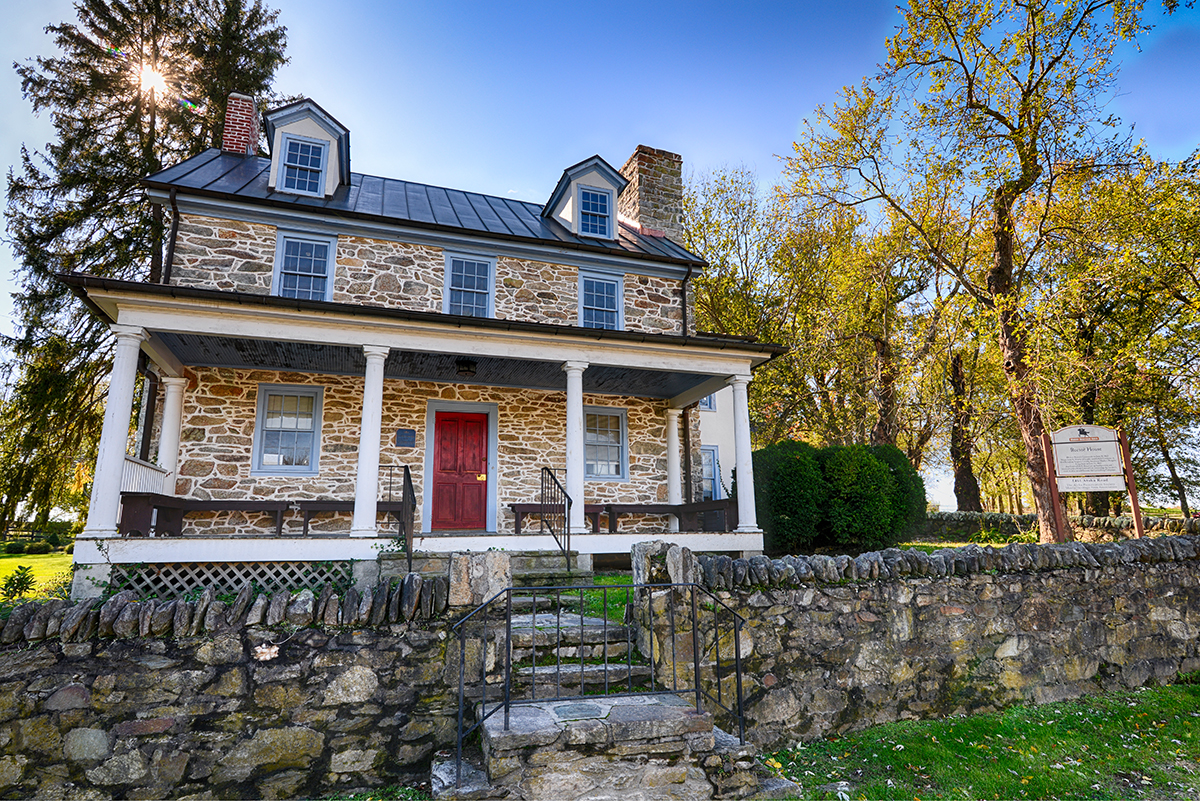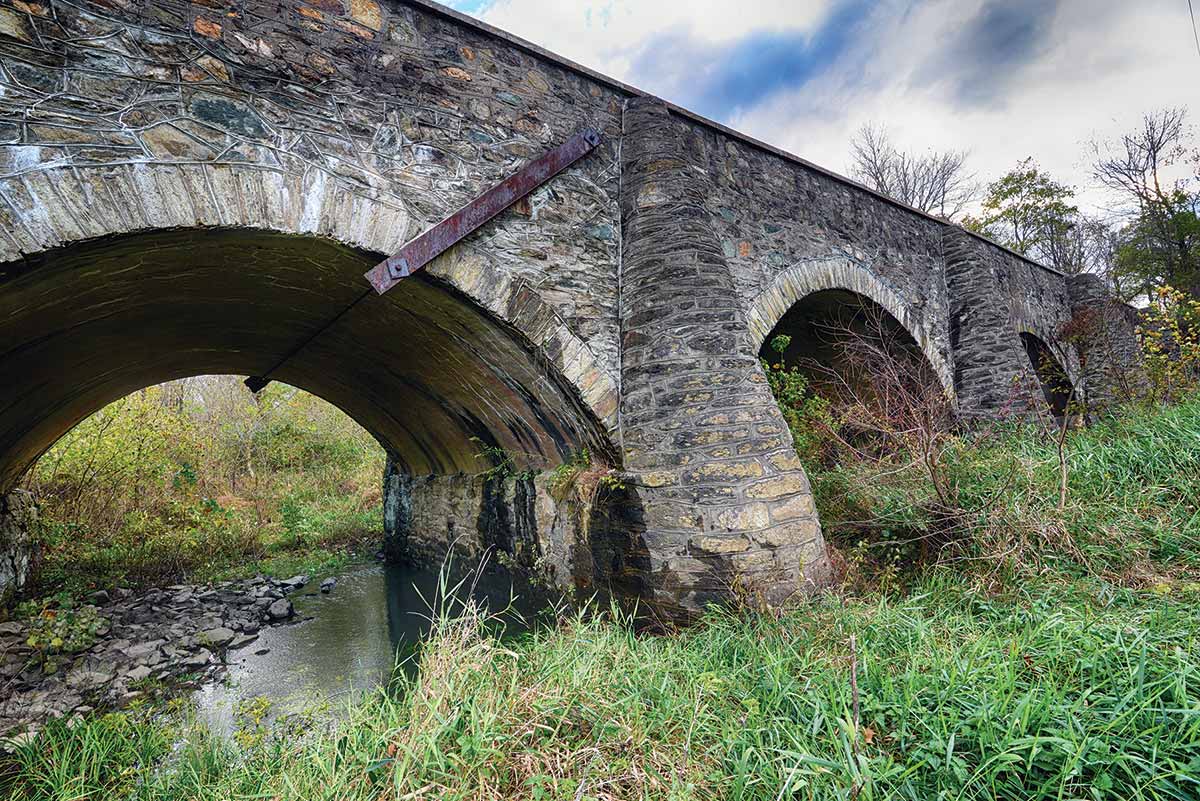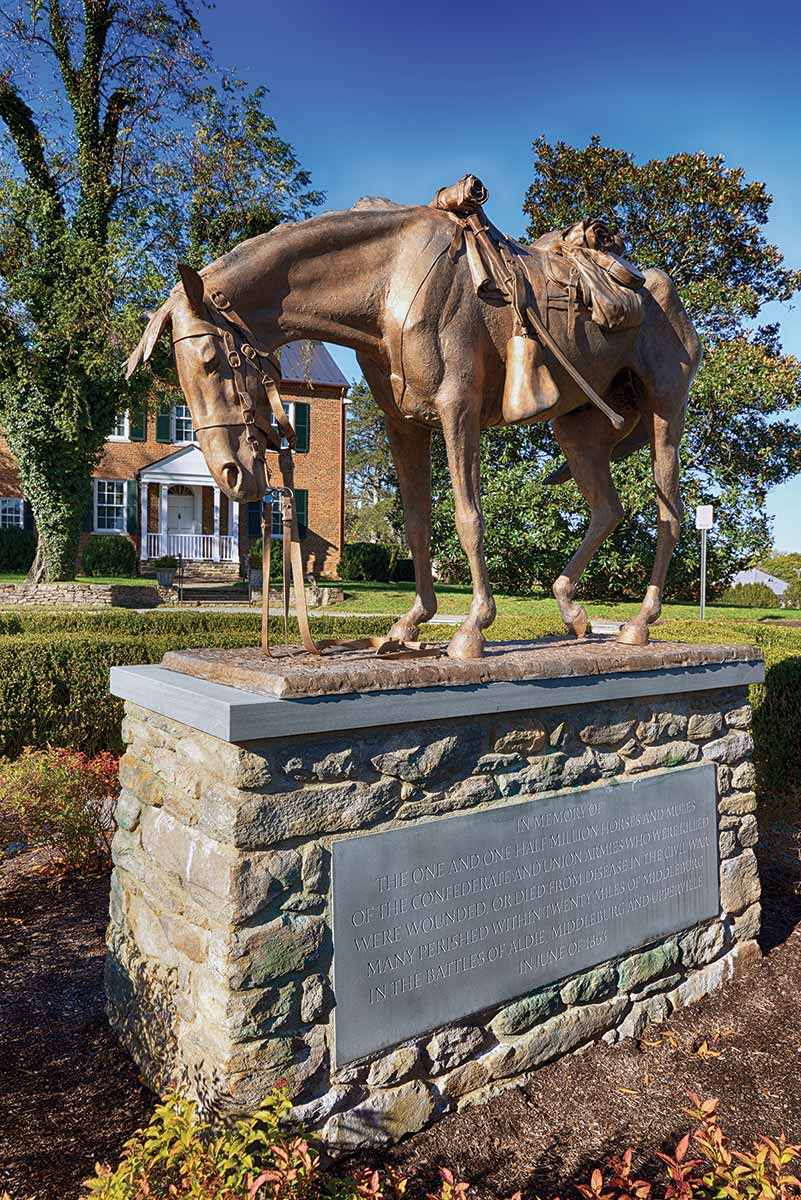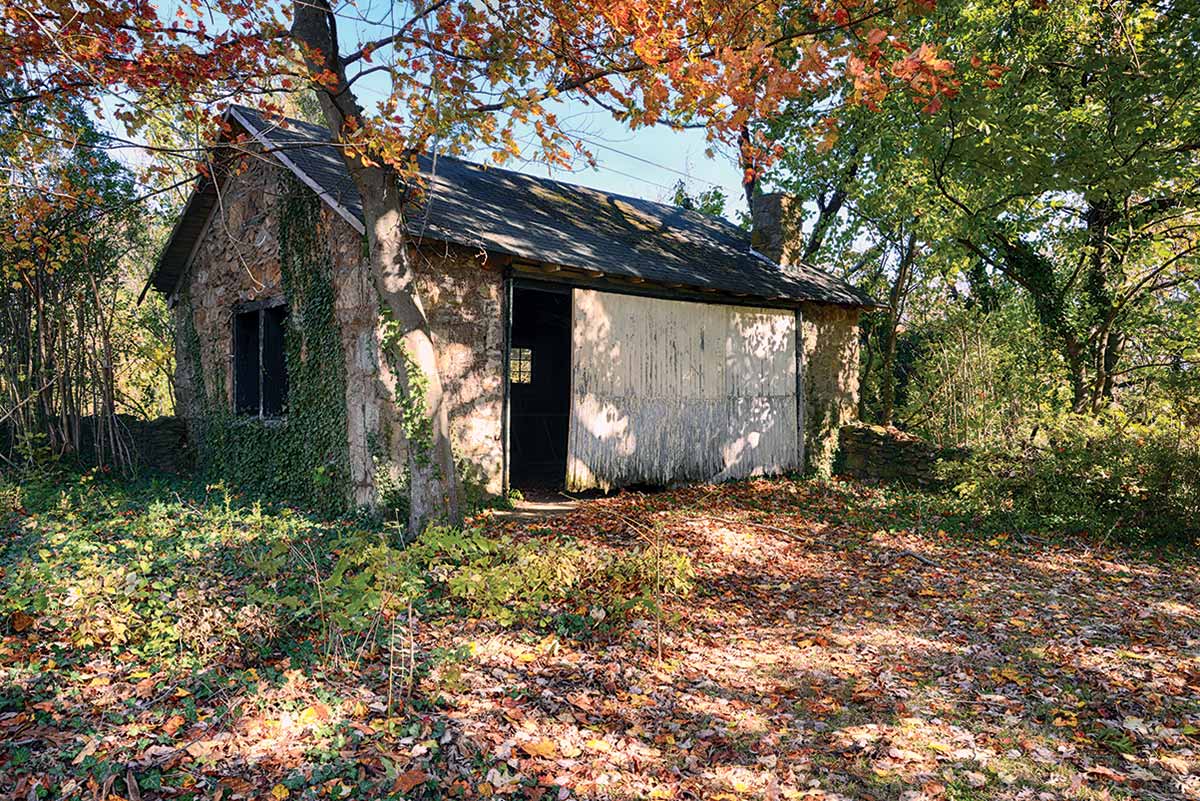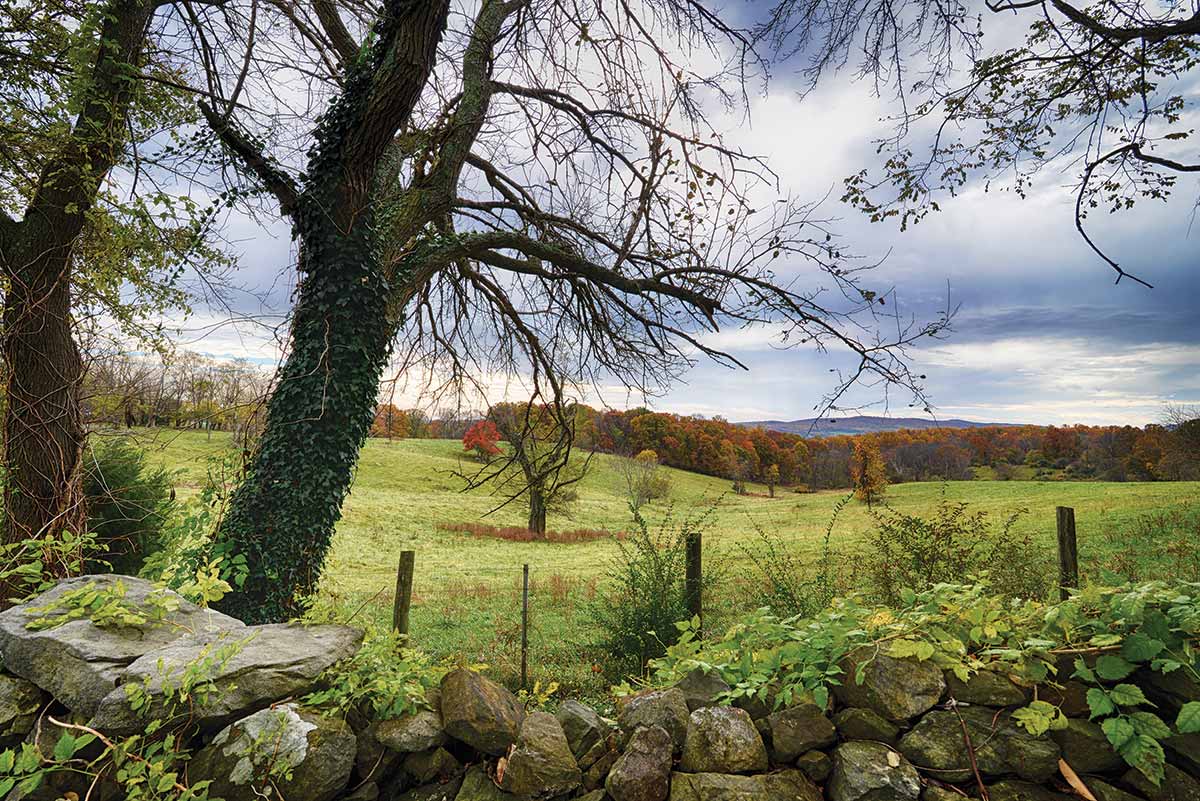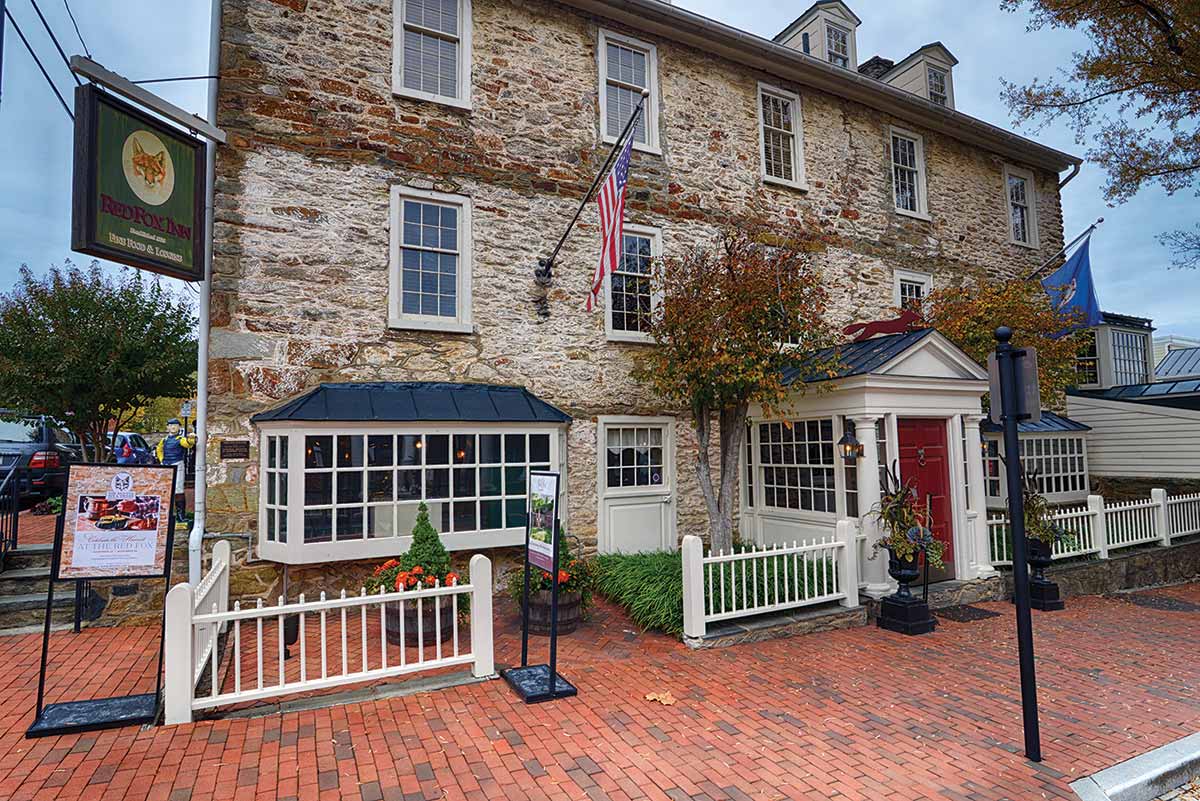Stuart staves off the yankees for five days to give Lee time to invade the north
Trailside is produced in partnership with Civil War Trails Inc., which connects visitors to lesser-known sites and allows them to follow in the footsteps of the great campaigns. Civil War Trails has to date 1,552 sites across five states and produces more than a dozen maps. Visit civilwartrails.org and check in at your favorite sign #civilwartrails.
After the Army of the Potomac’s debacle at Fredericksburg, Va., in December 1862 and then the disastrous Mud March in January, new commander Maj. Gen. Joseph Hooker resolved to keep the pressure on Robert E. Lee’s vaunted Army of Northern Virginia and to bring it out in the open to fight. To do so, he needed a cavalry corps he could count on for more than escort and messenger duty. “[L]et your orders be fight, fight, fight, bearing in mind that time is as valuable as…rebel carcasses,” Hooker wrote on April 12, 1863, to his cavalry commander, Maj. Gen. George Stoneman, on the eve of an ambitious raid toward Richmond.
Stoneman’s troopers did little real damage during the raid, however, and three weeks later the Army of Northern Virginia handed Hooker a humiliating defeat at Chancellorsville. The victory spurred Lee to attempt another invasion into the North, one that would of course be cut short at Gettysburg in early July.
During the buildup to Gettysburg after Chancellorsville, Lee did his best to mask his intentions, even splitting his army. In an effort to trap the Confederates, Hooker used his cavalry, now under Brig. Gen. Alfred Pleasonton, aggressively. The Battle of Brandy Station, Va., on June 9 indicated that even in defeat the Federal cavalry had finally become a force with which to be reckoned.
Over the next three weeks, Pleasonton’s and Confederate Maj. Gen. J.E.B. Stuart’s troopers parried with each other along the Ashby’s Gap Turnpike, which traversed Loudoun, Fauquier, and Clarke counties in Virginia from below Aldie to the Blue Ridge Mountains. From June 17-21, the Battles of Aldie, Middleburg, and Upperville occurred here. Both sides would have their noses bloodied, but in the end Stuart had bought Lee enough time to make his fateful foray across the Potomac toward Pennsylvania, with Hooker left to chase.
The Ashby’s Gap Turnpike upon which the rival cavalry sparred in 1863 is known today as Route 50. A corridor of unspoiled pastoral beauty, 19th-century inns and homes, and fields lined with stone walls, it is well worth exploring in a single day or over several. —Nancy Tappan
Special thanks to Childs Burden and the Mosby Heritage Area Association for their help with this guide.
Caleb Rector House
1461 Atoka Rd., Atoka, Va.
The Caleb Rector House in Atoka, previously known as Rector’s Crossroads, 4 miles west of Middleburg, was a frequent hideout of Colonel John Singleton Mosby and the present-day home of the Mosby Heritage Area Association. Days before the Aldie battle, Mosby organized his partisans here into the 43rd Battalion, Virginia Cavalry. They still operated as guerrillas, melting into the civilian population when not out on raids. mosbyheritagearea.org/caleb-rector-house
Goose Creek Bridge
About 4½ miles west of Middleburg is Lemmons Bottom Road, which leads north to a walking path that accesses Goose Creek Bridge. Here on June 21, Stuart established the strongest position the Confederate cavalry held during the battles. In a day that saw a series of grudging Rebel withdrawals between Middleburg and Upperville, the fight at Goose Creek was decisive. Stiff rear-guard resistance gave Stuart time to get his men across the bridge and place cannons and sharpshooters on the west bank. Union artillery and heroic infantrymen who stormed across the bridge forced Stuart to fall back to the outskirts of Upperville.
War Horse Memorial
On the Plains Road just south of Middleburg is the National Sporting Museum and Library. In the courtyard is a bronze statue of an exhausted and starving horse representing the 1.5 million horses and mules that died of wounds or privation during the Civil War. English sculptor Tessa Pullan cast the 3/4-size statue in 1997 to commemorate the gallantry and suffering of those faithful animals.
Mount Defiance
About 1.3 miles west of the Plains Road in Middleburg, Stuart made a stand here on June 19 after Colonel Mosby brought him captured documents revealing the size and location of Hooker’s army, and the imminent arrival of the Union 5th Corps. The information, which Mosby said was “the open sesame to all of Hooker’s plans and secrets,” persuaded Stuart that his mission must be to block the turnpike and shield the infantry. A charge up the pike by the 4th Pennsylvania captured Confederate cannons near the still-extant blacksmith’s shop shown above.
Trappe Road
On June 21, Union Brig. Gen. John Buford and three cavalry brigades rode north from Middleburg in an attempt to turn the Confederates’ left flank. Kept in check by sharpshooters, Buford’s men advanced cautiously via country byways until they neared Trappe Road, which intersected Ashby’s Gap Turnpike west of Upperville. Buford’s troopers charged across the fields there, hoping to cut off Confederate units and a wagon train scrambling to reach Ashby’s Gap safely. The initial Union charge was blunted by Rebel artillery, leading to a mounted saber duel. The Confederates held on long enough for the wagons to reach safety and discourage pursuit.
Snickersville Shootout
After the Aldie action June 17, fighting shifted north of Ashby’s Gap Turnpike to a stretch where the Snickersville Turnpike curves sharply. Here Virginia troopers ambushed the 1st Massachusetts Cavalry from behind the stone walls lining the thoroughfare. Left: On the north side of the road is a monument to the 1st Massachusetts, which suffered horrific casualties. Above: The view facing southeast from the 1st Massachusetts monument shows the fields through which the 4th New York futilely charged the Rebel positions. The tide turned when the 1st Maine galloped in from the north, flanking the Rebels and pushing them west.
The Red Fox Inn & Tavern
During fighting at Aldie, J.E.B. Stuart and his staff were ensconced five miles west at Beveridge’s Hotel in Middleburg. The bold dragoon was forced to skedaddle when troopers from the 1st Rhode Island entered the town from the south. An embarrassed Stuart reoccupied the town that night and the New Englanders retreated in confusion. The hostelry, now known as the Red Fox Inn & Tavern, offers luxurious rooms and seasonal menus, along with a lively pub. redfox.com


